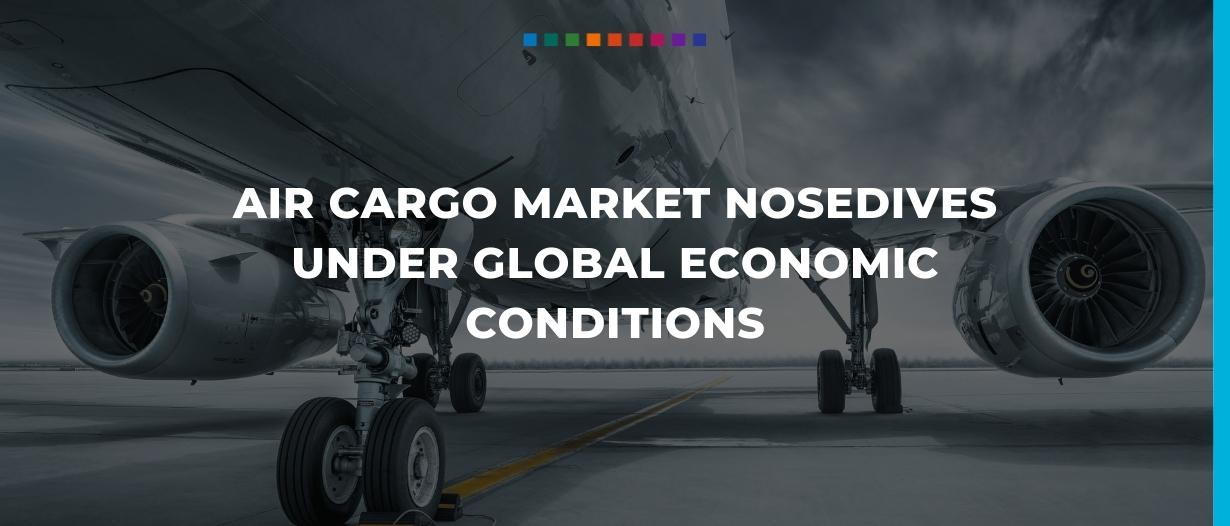Estimated reading time: 2 minutes
The air cargo market continues to unwind as the global economy slows and consumers tighten their belts in regard to services.
The industry is slowly moving into its typical peak season, but the figures are not reflecting the usual heights.
In fact, volumes in October, measured by a formula that combines weight and shipment dimensions, fell 8% versus the same period last year. This was the eighth consecutive month of demand decline, Xeneta reported.
September saw further decline when volumes contracted 5% year-over-year and 0.3% versus three years ago.
Performing at last year’s record levels, which were driven by pandemic-related shortages and supply chain disruptions, was not sustainable, but October demand also fell 3% below the level in 2019—a weak year for air cargo.
The recovery in capacity also stalled. Available belly and freighter space remain 7% below pre-pandemic levels, according to Xeneta, one of the reasons rates remain relatively high.
The extra airlift from reintroducing more passenger flights during the summer combined with lower demand means planes are not as full as usual— and therefore not as profitable.

A modest strengthening in Asia-Pacific export lanes to Europe and North America during the second half of October likely had more to do with a rebound from China’s Golden Week holiday. This period sees factories shut down and ships dock.
The cost to ship by air from Hong Kong to North America and Europe fell 32% and 13%, respectively, from last year.
Overall, global air cargo rates have declined two-thirds since December and about 25% from this time last year. This is in tandem with airline and airport labour shortages that have constrained flight and warehouse productivity.
In contrast, ocean freight rates have not seen such a sharp downturn, where easing in port congestion and falling demand have dropped rates by 70% to 85% from a year ago.
Air logistics professionals have lowered expectations for 2023 as consumers spend less on goods, export manufacturing contracts, and cargo shifts back to cheaper ocean services where space is abundant again on many trade lanes.
In the new year, cargo rates are likely to be volatile due to economic and geopolitical uncertainty.























